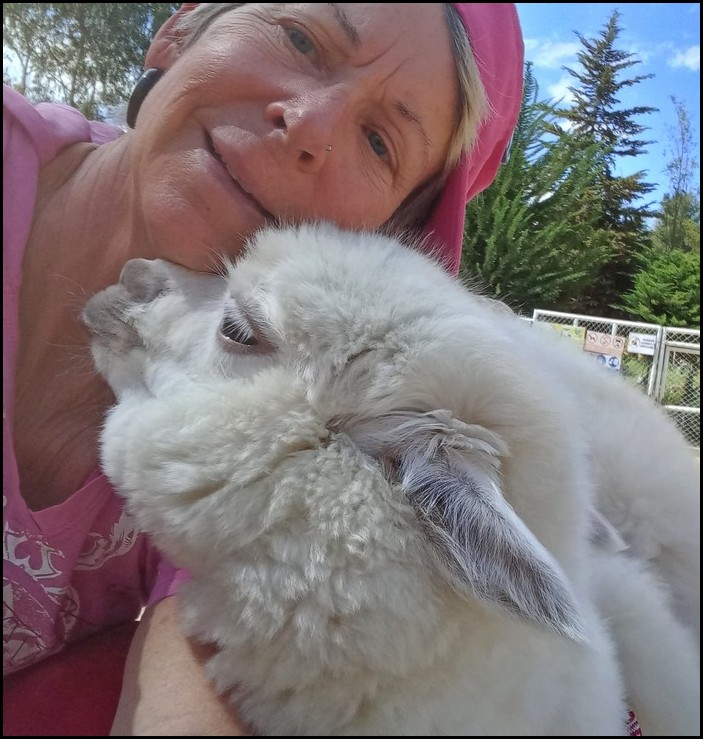
13 Things I Love about South America
As of late September, 2022, I’ve been traveling around South America for seven months. I kicked off my continental odyssey in the Galapagos for one month, then explored the central Andes region of Ecuador for two months.
I then spent five weeks in Colombia followed by three months in Peru. I’m traveling nice and slow, really trying to learn about the history, indigenous peoples, modern daily life and beautiful & diverse natural places.
Thus far I’ve only explored three countries and still have many more to visit. I estimate it will take me a full two years to explore the whole continent and all 13 countries.
Clearly, I don’t know everything about South America yet or the differences between every county’s cultures and lifestyles.
But I’ve been exploring long enough to see many consistencies and similarities between the places I’ve visited so far. And I’ve certainly come to love many things about South America.
So, without further ado, following are the things I love most about this diverse and intriguing continent. Thus far, that is…Let’s see if I add more to this list by the time I finish my explorations sometime in late 2023.
I must start off my list with two things that I was thrilled to discover are not found much in South America…

1. No Reggaeton Music
Hip, hip hooray for the lack of Reggaeton music in South America! Reggaeton is something I really cannot deal with. At all.
A few years back, when I traveled through Central America for 1 ½ years, I was bombarded with Reggaeton almost constantly and everywhere. In buses, streets, shops, restaurants, bars, everywhere. I could not seem to escape it.
Quite unfortunately for me, that music really gets under my skin, and quickly. It’s not long before I start feeling extremely aggro, to the point that I feel I want to start punching people!
Of course I don’t actually hit anyone, but I sure have a lot of bottled up rage! I don’t know why that music makes me feel so violent, but it sure does.
While traveling in Central America I came to hate Reggaeton so much that I literally decided against continuing my travels down through South America (the next most logical step) for fear of dealing with more Reggaeton. I had to escape it.(And so I went to Morocco and Eastern Europe).
So earlier this year when I decided to finally take the plunge down to South America for the first time, I was actually a bit worried about running up against the same omniprescent Reggaeton crap that I found in Central America.
Much to my huge relief and amazement, I quickly discovered that I actually very rarely encounter Reggaeton anywhere in South America. Instead, I hear a variety of great traditional Latin American music like salsa, mambo, cha-cha, mariachi (on occasion) and other types of wonderful music, all of which I love.
I can’t say I never get blasted with Reggaeton during my travels here. But it’s pretty rare and usually in situations where I can get away from it quickly, like it’s blasting out of a passing car or a it’s playing in a shop or restaurant that I can simply leave.
On a couple occassions I’ve had taxi or bus drivers playing Reggaeton. In those cases, I’ve asked them politely if they could put on a different type of music. So far, none of the drivers seemed offended or irritated. In fact, they simply changed the music or turned it off. Whew… Thank you!

2. No Gallo Pinto
While traveling around Central America there was actually a second thing that I absolutely hated and which made me decide against traveling down through South America…
That is a food called ‘Gallo Pinto’, which translates as ‘Spotted Chicken’ for whatever reason.
Gallo Pinto is rice and beans mixed together. It is the stable food in most Central American countries. I mean that most people eat it two or three times a day, for breakfast, lunch and dinner! They eat it along with other foods, depending on the time of day, but there it is at every meal.
When I first came across Gallo Pinto, I was able to eat it, though rather grudgingly. I don’t like beans in general, and that mix of rice and beans is even worse to me.
But after several months of being served Gallo Pinto at nearly every meal, I was entirely fed up with it. I could not bare to eat it any more. It got to the point where I absolutely loathe all beans now. If I never eat any beans ever again in my entire life, that will be just fine with me.
Like Reggaeton, I was nervous about running across the dreaded Gallo Pinto down in South America. Hallelujah, it is not part of the cuisine down here!
In fact, I only ran across it one time in seven months of travel. That was at a restaurant in Lima, Peru. Quite unfortunately, I accidentally ordered it because it has an entirely different color, form and name in Peru.
I had no idea I was ordering my dreaded beans and rice mix…until I bit into it and thought, “Wow, this is awful!” I tried to force a few more mouthfuls down, but soon gave up. When I asked what it was made of, I found out.
Clearly, no matter what its form, color or name, I do not like beans mixed with rice!
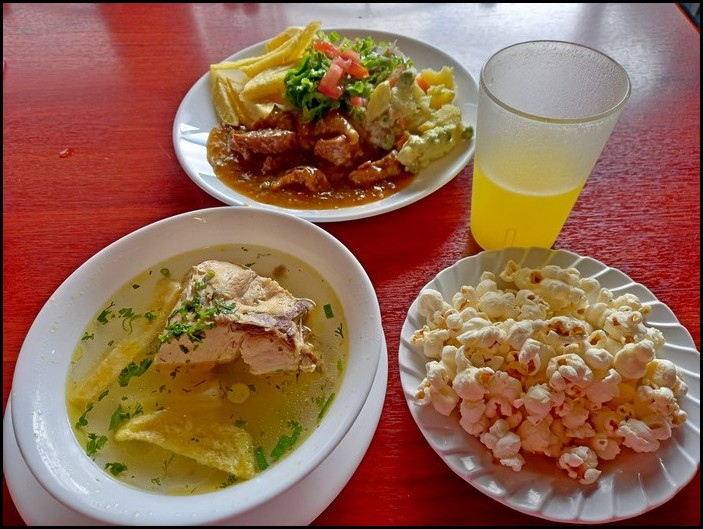
3. Menu del Dia
Instead of Central America’s awful Gallo Pinto, what I have found as a staple around South America is their lunch-time ‘menu del dia’ or simply ‘menu’.
It’s a daily special at local restaurants that includes a glass of fresh juice or tea drink, a huge bowl of homemade soup and a main course with some sort of chicken/beef/pork/fish and rice, salad and potatoes or other carbs.
I first came across these lunch specials at Galapagos Islands. Later, I was thrilled to find them all over mainland Ecuador…and then also in Colombia…and then also everywhere in Peru.
Not only are these meals delicious and nutritious, they are also really inexpensive. Prices vary from city to city and restaurant to restaurant. But they usually cost about $2 US, give or take 50 cents, in all the countries I’ve visited so far.
I’ve paid as little as 6 soles / $1.60 in small Peruvian towns and as much as $5 US at Galapagos. More expensive restaurants typically charge $4-5 US, in local currency.
Even luckier for me, the meals are so big that they uusally make two meals for me. I can eat the giant bowl of soup and the juice for lunch. By then, I’m stuffed. So I pack up the entire main course to eat for dinner. Now that’s a bargain!
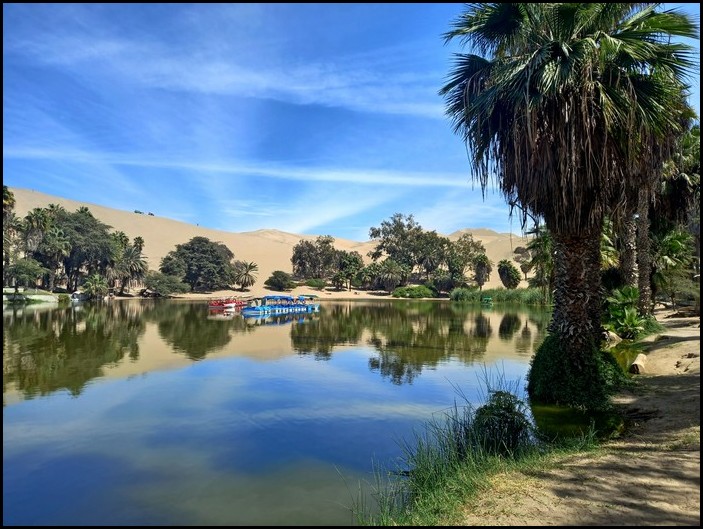
4. Diversity of Nature
The staggering diversity of nature here is almost hard to grasp. Nearly every climate and vegetation zone on Earth is found here somewhere. Habitats range from the hot, sticky tropical Amazon region and Carribean shores on up to high permantly snow-capped Andes Mountains that top 20,000 ft / 6000 M.
And if you stop to consider how huge the continent of South America is, I guess the mass variety of nature really shouldn’t be a surprise. After all, at its northern reaches the continent starts well above the Equator, along the Caribbean Sea, and runs so far south that it nearly touches the Antartic. Near the north, the Equator runs through several countries. So parts of South America are situated in both northern and southern hemispheres.
Add to that the ultra-high and extensive Andes Mountains, you’ve got every altitude from sea level to well over 20,000 ft / 6000 M, which includes many of the highest mountains in the world.
Thus far in my travels, I’ve had the great pleasure of exploring the unique Galapagos Islands with its many indigenous plants and animals; a beautiful coastal desert-region of Peru, highlighted by multi-colored hills, cliffs and beaches; a real desert oasis at Hucachina, Peru; many gorgeous valleys surrounded by mountains; stunning conical snow-capped volcanoes in Ecuador; tropical highland jungles near Machu Pichu; beautiful rivers; pretty forests and spectacular jagged, snow-capped Andes mountains.
And I still have many more beautiful and unique natural places to look forward to, including Patagonia and the Pampas in Argentina, deserts and mountainous national parks in Chile, ultra-high mountains in Bolivia, the famous Iguazu Waterfalls, sprawling beaches in Brazil…and probably many more places I dont’ even know about yet.
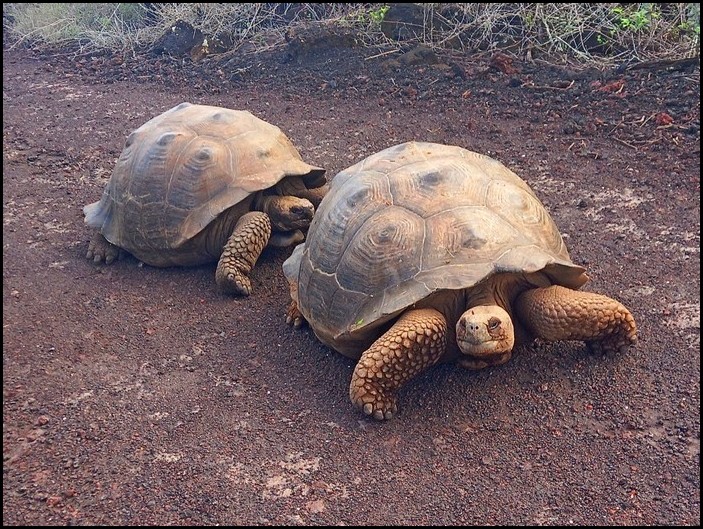
5. Cool unique animals
Going hand in hand with the continent’s huge natural diversity are its equally-diverse and unusual animal kingdom. There are also many animal species that are unique to South America or to specific places within the continent.
As I mentioned above, I kicked off my South American travels by spending an entire month exploring the unique, far-flung Galapagos Islands.
The islands are probably most famous for their giant land tortoises, which are really awesome. But many other interesting, relatively-rare animals also live at Galapagos, many exclusively there.
I got to hang out with sea lions, tiny penquins, schools of golden rays andgiant tortoises. I also watched a huge variety of sea birds, including blue-footed Boobies and Nazca Boobies.
Once I reached the high Andes, first in Ecuador and later in Peru, I finally got to see and interact with llamas, alpacas and vicunas. I’ve been crazy about llamas since I was a young girl. So seeing them, and getting to pet them (!) was a dream come true.
As it turns out, I actually like alpacas better than llamas. They’re a lot friendlier and have much softer, silk-like fur. And they hum (llamas too) !
I’ve also seen condors, the world’s largest flying bird, and many beautiful, brightly-colored small birds.
I’m sure I’ll encounter many other unusual birds and animals as I continue exploring South America
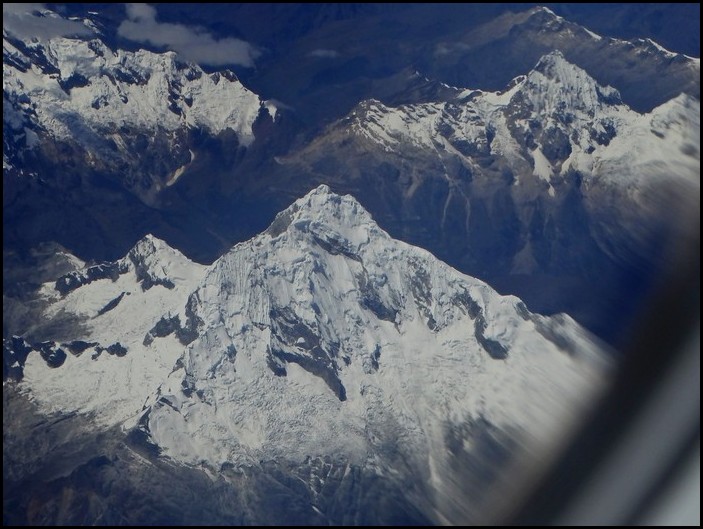
6. The Andes Mountains
Speaking of gorgeous nature in South America… I have to make a special, separate shout out to the incredibly vast & varied Andes Mountains here as a particular favorite aspect of South America.
I’ve learned that the Andes Mountains run almost the entire length of the continent, from the northern regions of Colombia in the north all the way down to the far southern tip of Chile. They take up a significant land area in seven South American countries: Colombia, Ecuador, Peru, Chile, Bolivia, Argentina and Venezuela.
Over their incredibly vast extent, the Andes take many different shapes, heights and climate zones.
In Colombia, the Andes split into three comparatively narrow and low mountain ranges, with fertile valleys between and a high concentration of gold & other minerals. The verdant mountains are more like fertile, undulating hills, providing the perfect conditions for growing coffee.
In Ecuador, the Andes become much higher and include several snow-capped peaks. More prominent, though, are the dozen or more super-tall conical volcanic mountains scattered throughout the Ecuadorian Andes.
In Peru the Andes climb even higher, with several sections in central and southeastern Peru boasting dozens of dramatic mountains topping 5000-6000 M / 16,000-20,000 ft. Some of these jagged, nearly-black rocky peaks have glaciers and year-round snow fields.
I’ve been thrilled to see several of these gorgeous peaks – from the windows of my flight to Peru, while hiking in the Sacred Valley near Cusco and during a bus trip between Cusco and Lake Titicaca.
But the highest Andes Mountains are situated in Bolivia and Argentina. I have yet to explore these regions. But I did get a glimpse of Bolivia’s spectacular snow-capped peaks during a boat trip on Lake Titicaca.
I can hardly wait to see those highest-of-high Andes peaks down in Argentina and later in Bolivia next year.
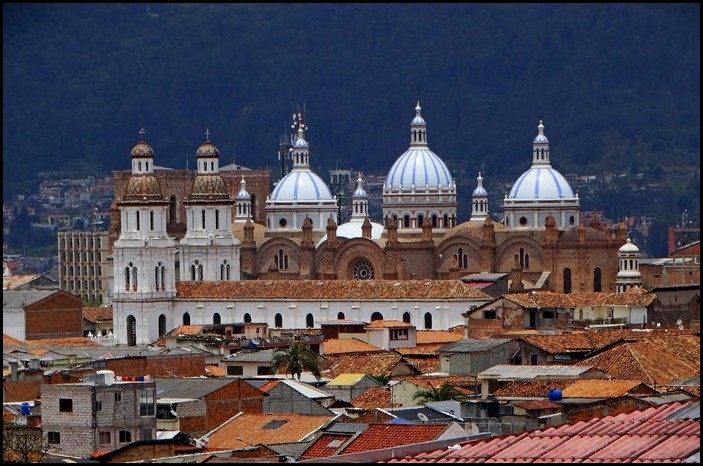
7. Beautiful Colonial Towns and Cities
One wonderful result of the Spanish colonization of South America is the dozen or more absolutely gorgeous Spanish-style towns and cities they built. Many of these historic towns and cities still remain and have been beautifully-restored.
The most renowned colonial towns include Cartegena, Colombia: Cuenca and Quito, Ecuador; Cusco and Arequipa, Peru. But there are also many smaller, lesser known towns and cities Math beautiful, intact colonial historic districts.
I’m a huge fan of architecture and I really love the stunning colonial towns and cities I’ve seen, all over the world, in fact. The beauties here in South America are no exception.
These preserved places are filled with cobblestone streets, large garden-like plazas surrounded by colonaded stone buildings, historic churches and cathedrals, and stunning buildings created in a variety of historic European architectural styles.
I just love visiting these wonderful towns and cities, admiring the architecture, relaxing in the plazas, learning their histories in museums and on walking tours. They are definitely a big highlight to my explorations of South America.
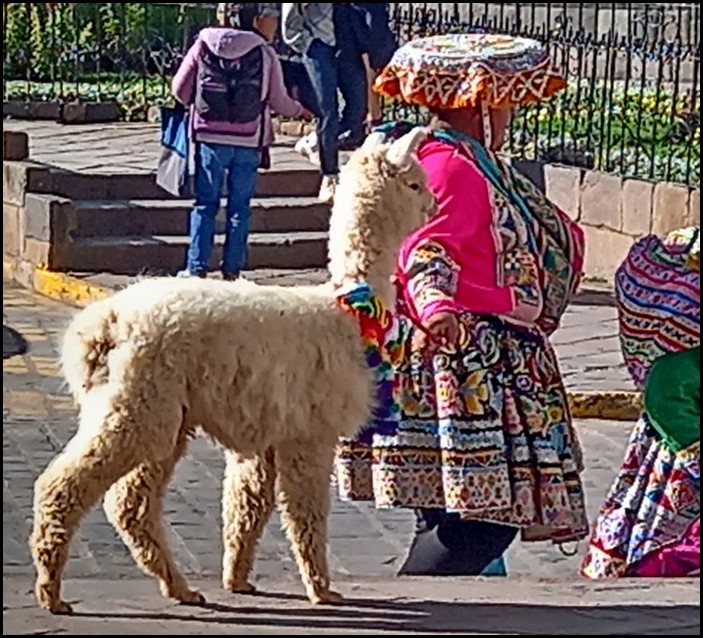
8. A huge presence of indigenous arts & culture & archaeological sites
Long, long before the Spanish arrived to South America there were hundreds of diverse indigenous peoples living throughout the continent. They inhabited the vast Amazon region, the extensive coastlines, fertile valleys, high mountains, deserts and plains.
Some tribes died out centuries before the Spanish arrived. Others, like the Incas, were practically decimated by the Spanish. And other tribes still today live their traditional lives all over the continent.
As a result of this long, rich and diverse human history, there’s a huge presence of many traditional cultures in each country of South America. Their presence ranges from archaeoligical ruins to currently thriving communities practicing their traditional lifestyles.
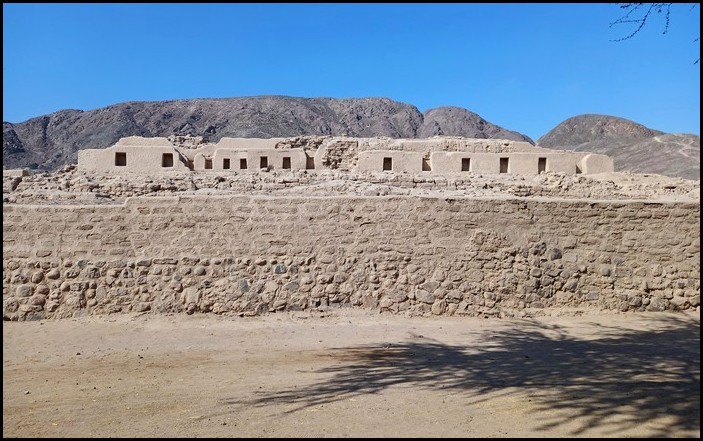
For starters, extensive Inca sites can be visited in Ecuador and Peru. Archaeological sites of the Paracas and Nazca people are also located in coastal Peru. The mysterious Nazca Lines, created by the Nazca people, are a world-renowned destination.
Traditional communities still live in remote areas of the Amazon and many regions of the Andes Mountains and valleys. Two original languages of the Incas, Quechua and Almayra, are still spoken in many Andes areas.
At Lake Titicaca the Uros and Tequile peoples still live their traditional lives on islands in the lake. They wear tradtional clothing, speak Quechuan, fish and farm and eat traditional cuisines.
In many modern towns and cities across the Andes, local people still wear their vibrant traditional clothing. I commonly see them selling produce and handmade products. Many women wander the streets with their pet alpacas and lambs in tow.
I’ve also visited mountain communities famed for their ongoing weaving traditions. They create colorful, intricately-patterened fabrics and garments from alpaca, llama sheep wools. They also make a variety of cheeses from cow and goat milk.
I’ve visited dozens of fine museums that detail various archaeological discoveries and/or the lifestyles and cultures of these many peoples, both extinct tribes and currently living communities. I’ve also visit more than a dozen archaeological sites and Inca ruins.
Exploring South America has become quite a wonderful cultural experience.
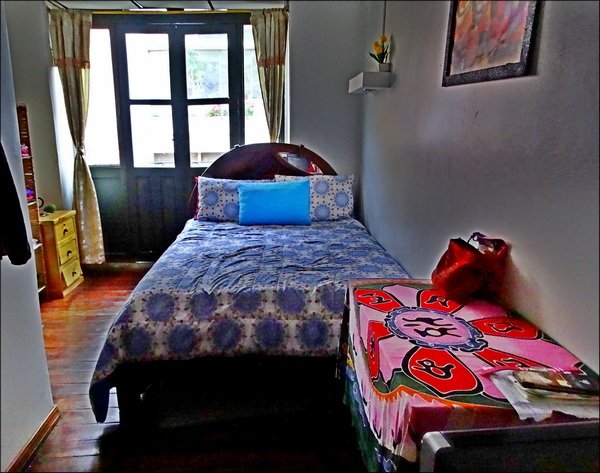
9. Good budget private rooms
As a budget traveler, I’ve had the great fortune to find a good selection of private rooms in my price range in nearly every place I’ve visited during the past seven months in South America.
I stay at privately-owned small hotels, guesthouses and private apartments. They are always safe, clean and in decent – to great – condition.
The rooms I rent vary in size from smallish to very spacious. The furnishings and décor also vary greatly, from quite basic to really artsy and fun to rather luxurious.
I try to stick to a top price of $10 US per night. Aside from a couple really expensive destinations (Galapagos, Machu Pichu village) I’ve been able to find private rooms in small hotels, guest houses and private apartments (AirBnBs) for $7-10 US. Yeah!
The most I paid thus far was about $15 US per night in both the Galapagos and at Machu Pichu village. Those were the lowest prices I could find at those famous locales, so I had to pay up.
Occassionally, I’ve also had to pay $11 or $12 US per night for a few nights here and there.
But as long as I don’t go over $10 US too often, it all balances out. After all, I do end up paying $7-8 US per night for a decent room quite often as well.
Most of the rooms I stay in have a private bathroom, but sometimes there’s a shared bathroom. Of course, I prefer a private bathroom, but shared bathrooms aren’t bad either if there aren’t many guests.
Since I stay in very small hotels, guest houses and private apartments, I often have the bathroom to myself or just share with 1-2 other travelers.
Staying at different little hotels, guesthouses, apartments and other kinds of accommodations is actually something I really enjoy about my life of world travels. It’s fun to stay in rooms of different colors, furnishings and styles.
As long as I feel safe, have my privacy and quiet, I’m a happy camper.
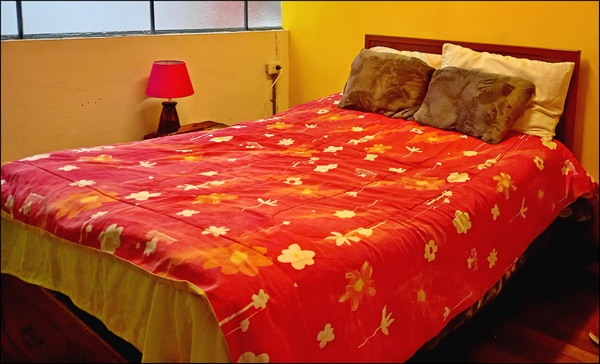
10. Very comfortable beds
Along with the really nice rooms come the most excellent mattresses! Every place I’ve slept in around the continent, which would amount to a couple dozen places, has had a wonderfully firm mattress.
As I’ve traveled through three countries to date, I’ve come to recognize that it seems to be a continental standard to supply good quality mattresses, even in small budget hotels and guesthouses.
As a result, I always get a great night’s sleep down here.
11. Really Hot Showers
And I must also point out that there’s always an extremely hot shower at the places I stay. I say that as a compliment because I lovvveeee super hot showers. Almost scalding hot. And I’ve rarely been disappointed in the severn months I’ve been traveling here.
Sometimes, because of the type of shower, it’s necessary to turn down the volume of water to almost a trickle in order to get the ultra-hot water I prefer. But as long as you know how to adjust this particular type of shower, hot water you will have!
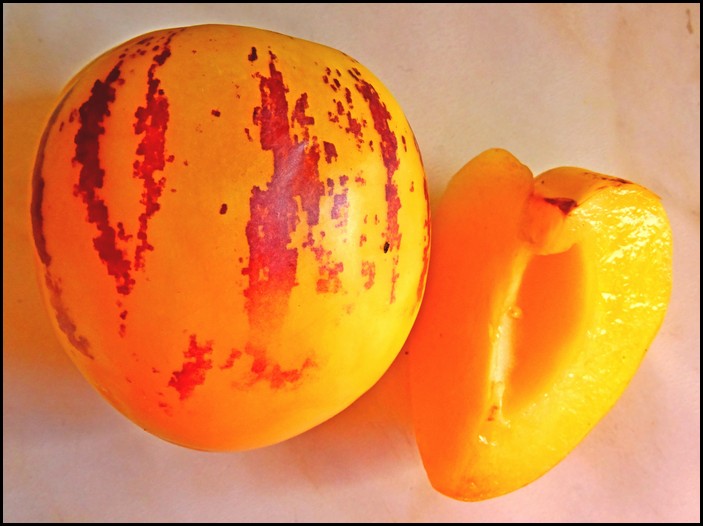
12. Huge selection of delicious fruits
Ever since I was a young kid, I have loved fruits. I generaly consider it my favorite food group.
So throughout my long world travel life, I’ve been enjoying discovering new fruits in different parts of the world. I especially loved the many interesting & delicious tropical fruits grown in SE Asia.
Here in South America, I’ve also found a huge selection of delicious fruits nearly everywhere I go. Because of the great diversity of topographies and climate zones here, from high mountains to the tropical Amazon and coastal regions, there’s a huge mix of fruits from different climates.
Most town and city markets sell everything from apples and pears to well-known tropical fruits like bananas and mangoes to some very unusual fruits. Some are indigenous to South America. I’m having a field day here!
I wrote about my favorite Unusual South American Fruits here.

13. Starbucks
This might seem like an odd thing to be excited about in South America. For one thing, several countries on the continent are world-famous for growing and processing fine coffees.
Colombia has vast plantations, including many that Starbucks buys their beans from. Ecuador, Peru and Brazil are also famed for their coffees.
So why would I even think about going to Starbucks?! Let alone consider it one of the best things about South America?
Well, that’s because I prefer dark roasted coffee. In fact, I greatly dislike medium roast or light roast coffees. I like it dark, dark, dark, like the Italians and French.
Unfortunately, as I learned while traveling around Mexico and Central America for three years, it’s extremely difficult to find dark roast coffee in these Latino countries!
I tried and tried and tried to find good dark roast coffee – in cafes, restaurants, hotels and supermarkets. It’s rare to find dark roast anywhere.
That’s because apparently Latinos prefer medium roast coffee. Despite the vast and numerous coffee plantations, coffee brands and roasters in Latin America, it’s still rare to find anyone who makes a dark roast.
The only place I know I can find a delicious dark roast coffee is at Starbucks. So I always carry a bag of Starbucks and my trusty French press so that I can enjoy my wonderful dark cup’a anytime I want.
=============================
You might also enjoy:
Six Delicious Fruits of South America
Surviving the Unheated Guesthouses and Hotels of South America
12 Interesting Facts about Peru
=============================







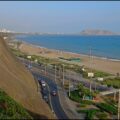

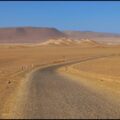


 Hi! I'm Lash, an American nomadic world traveler who's been traveling solo since 1998. I’m passionate about traveling the world nomadically and then sharing it all with you. I hope to inspire you to travel the world, to entertain you with tales from the road, and to help you reach your travel dreams. Welcome!
Hi! I'm Lash, an American nomadic world traveler who's been traveling solo since 1998. I’m passionate about traveling the world nomadically and then sharing it all with you. I hope to inspire you to travel the world, to entertain you with tales from the road, and to help you reach your travel dreams. Welcome! 




3 pings
12 Interesting Facts about Chile - LashWorldTour
2022/10/28 at 7:30 am (UTC 8) Link to this comment
[…] might also enjoy:13 Things I Love about South America12 Surprising Facts about the Galapagos Islands12 Interesting Facts about […]
Introduction to Valporaiso - Chile - LashWorldTour
2022/11/10 at 6:47 am (UTC 8) Link to this comment
[…] 13 Things I Love about South America […]
LashWorldTour 2023 Travels in Review - LashWorldTour
2024/01/07 at 1:18 am (UTC 8) Link to this comment
[…] out at my own private apartment in Buenos Aires, Argentina, and kicking off my second year of travels around South America, which was a planned two-year exploration of the entire […]